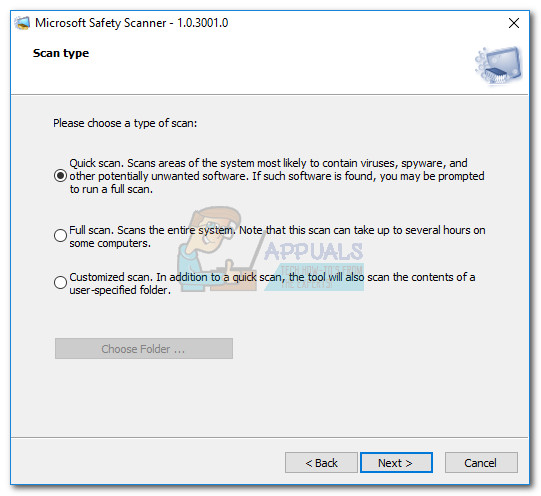


NB: Previous message sent (same content) was me … I forgot to login. Once the drive is clean, the dual boot can be deleted and the drive space reclaimed. You can load the registry hives into the new Windows and go through them looking for troublesome entries.

The malware’s built-in protections don’t work when they are not booted.

Boot into the clean Windows and run scans on the old installation. This method is also helpful for reinstalling HP printer software when it glitches.Īnother technique is to make room (if possible) on the drive for a dual boot of Windows. If three restarts remain clean, run a full scan with Defender, and a full scan with Malwarebytes. It has been my experience when rooting out malware/viruses that a seed (something as simple as a text file) can be left behind, or created during boot, and re-infect the system. Then another drive image, restart (cold start, not a warm reboot), scan again. Then I would use my Power Tools to find in the registry the locations of the offending files, scrub the registry and then delete the offending files. First, I would create a full drive image (in case the troubleshooting pooches Windows, restore the image and try again).


 0 kommentar(er)
0 kommentar(er)
